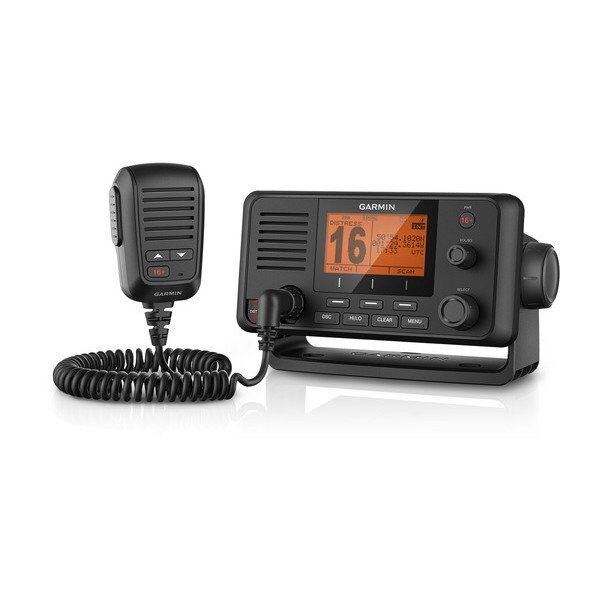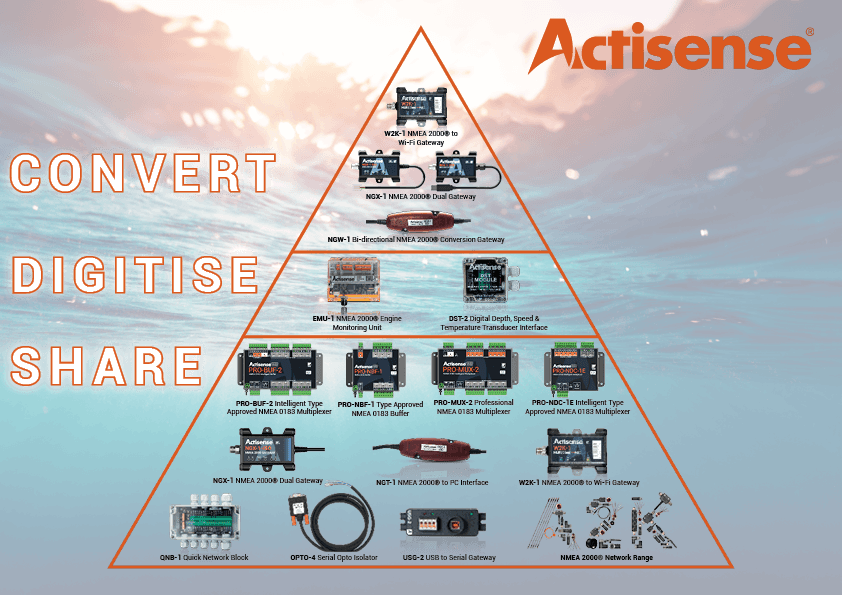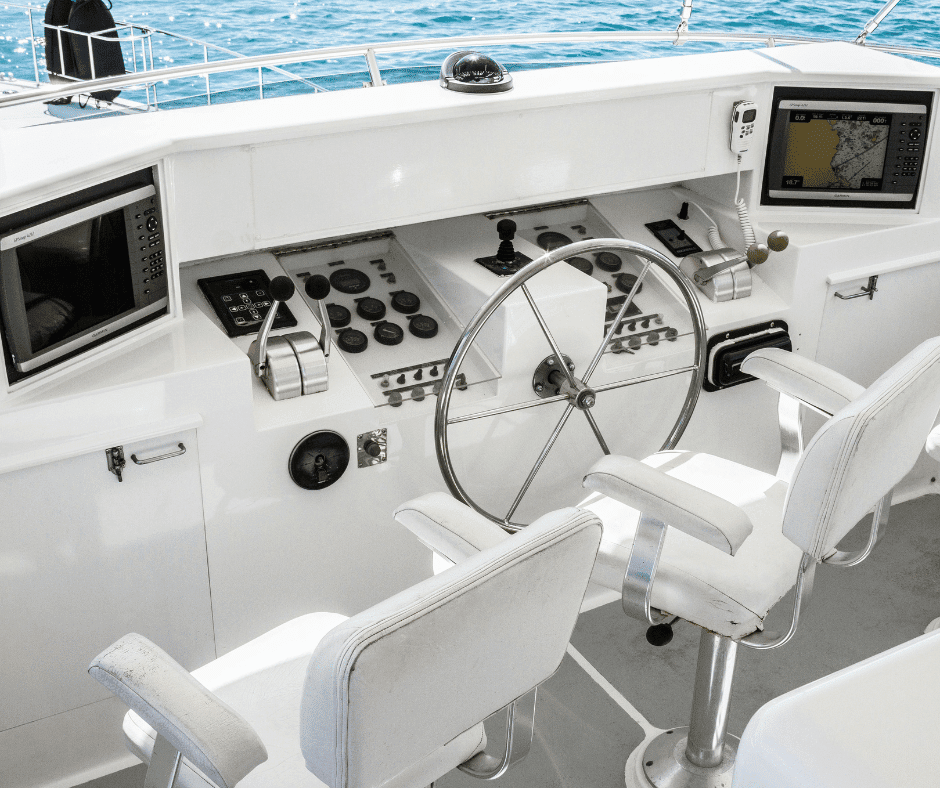
What is VHF Marine Radio?
VHF (Very High Frequency) Radios allow communication between your boat and others, whether that be other boats, marinas, the Coast Guard, Bridges, etc. These are the most common and preferred methods of short-range communication in the marine industry.
How VHF radios work
They typically operate as a set, which is both transmitters and receivers (transceivers) combined that work on frequencies or ‘channels’.
The range of operation is 156-162MHz, with 156-157MHz being various channels for radio communication and 161-162MHz for AIS. These channels are constant around the world, ensuring that no matter where the vessel is, the frequency for specific channels will always be the same.
An example of this is Channel 16, which is always 156.800MHz frequency. This is essential as Channel 16 is the International Distress, Safety, and Calling channel, which all VHF-equipped vessels must monitor.
One important thing to highlight with VHF channels and frequencies is that whilst the frequency of each channel remains internationally constant, the function of that channel does not. For example, the UK Coast Guard operates on 156.000MHz (Channel 0), whilst the US Coast Guard operates on 157.050 and 157.100 (Channel 21 and 22).
Note: All frequencies mentioned here are referenced to the Ship Frequency rather than the Shore Frequency.
- Simplex channels use the same frequency for ship and shore, allowing ship-to-ship and ship-to-shore communication.
- Duplex channels have different frequencies and cannot be used for ship-to-ship communication.
Types of VHF Marine Radios
The type of marine VHF Radio you choose depends on requirements and preference. The two main choices are handheld and fixed mounted. There is a third type of Radio called an HF / SSB (Single Side Band), but this isn’t VHF, and it operates differently, so it won’t be covered here.
Handheld VHF Radios
Advantages
Handheld VHF radios have the benefit of being lightweight, portable, and usually very simple to use, thanks to the limited number of controls on the radio. They’re particularly valuable in emergency situations where access to a fixed VHF might be limited. Alongside this, should the battery fail onboard, a fixed-mounted VHF would stop working, whereas the handheld unit will continue to operate. Also, they do not require antenna installation.
Limitations
The main downsides include limited battery life, lower power output and shorter range. It’s important to carry spare batteries or a charger onboard to ensure continued use. The lower power output and short antenna mean that the range is limited. The range is enough to operate in a leisure boat scenario, however, larger vessels and commercial ships will usually choose fixed-mounted VHFs.
Fixed Mounted VHF Radios
Advantages
Fixed-mounted radios don’t rely on batteries and typically have external antennas that provide more power and increased range. Many also include internal GPS and support for DSC (Digital Selective Calling), assuming the vessel has an assigned MMSI.
Quite often, they have independent external VHF Antennas on board too, which allow for more power from a fixed VHF, which in turn increases the transmit range of the VHF radio.
Limitations
As the name implies, these units are fixed in place and must be installed in a location that remains easily accessible during use, typically near the helm.
Best Practice: Use both types
On large installations, it is common practice to find both fixed and handheld VHF radios on board. This ensures accessibility for all crew members, especially those not located near the helm.





 What electronics do I need on my boat?
What electronics do I need on my boat?